Description
El arte del tejido blando en este continente ha sido tan frecuente en todos los pueblos aborígenes y lo han hecho tanto, como elaboraron a su vez, piezas útiles y venerables, entre ellas, piedras talladas y construcción de grandes monumentos.
La naturaleza de Abya Yala, (este continente), ha sido pródiga en producir árboles, arbustos, bejucos, lianas y hojas tintóreas que han permitido al ser humano aborigen, aplicar técnicas manuales y poder así enhebrar fibras naturales y convertirlas en objetos de uso tanto para vestir, dormir, acarrear alimentos, amarrar maderos para elaborar viviendas, atar animales e inclusive, conformar un morral de fibra, para cargar alimentos, animales cazados, a sus hijos o enfermos llevados sobre los hombros, o elaborar canastos para los productos agrícolas, además de elaborarlos como artesanía y hacer de ellos, una fuente de intercambios.
En Honduras, todos los pueblos indígenas tuvieron y poseen estas cualidades. Aquí hablamos de las piezas más destacadas hechas de fibras naturales: La hamaca para dormir y los bolsos para llevar implementos de trabajo, valores, alimentos, e inclusive para acarrear libros y cuadernos actualmente y mencionamos a su vez, sombreros necesarios para mitigar el sol.
En las zonas selváticas, indígenas Tawahkas, Mískitos y Pesh, utilizan la fibra del árbol del majao. En mískito se llama sani o wamatis. En Pesh, kwé mañá, y la hamaca de majao en pesh, se llama, Uwá.
El tejido de la hamaca es una de las enseñanzas más tradicionales, ya que sirve como cama para dormir, descansar, dar a luz y para las mujeres más hábiles, es frecuente hacer hamacas en cualquier lugar de la selva donde se muden para vivir. Esta es su preferencia para no dormir en su piso, donde corren peligro debido a serpientes venenosas, alacranes u otros insectos muy comunes en las selvas mesoamericanas, además de las lluvias.
A los conquistadores mucho les costó describir sus relatos en Europa cuando se trataba de explicar el sistema de dormir de los pueblos originarios de las selvas del sur del continente. La hamaca, es una creación de los aborígenes de esta parte del mundo.
english
Pesh indigenous weaving.
The art of soft weaving on this continent has been so prevalent among all aboriginal peoples. It is used for useful and venerable items, including stone carvings and the construction of great monuments. The nature of Abya Yala, (this continent), has been prodigal in producing trees, bushes, vines, lianas and dyeing leaves. These have allowed the aboriginal human being to apply manual techniques and thus be able to thread natural fibres and turn them into objects of use for clothing, sleeping, carrying food, tying wood to make dwellings, tying wood to make houses and other objects of use, to tie up wood to make houses, to tie up animals and even a fibre bag to carry food, hunted animals, their children or sick people on their shoulders and to make baskets for agricultural products, as well as handicrafts and to make them a source of trade.
In Honduras, all indigenous peoples had and still have these qualities. Here we talk about the most outstanding pieces made of natural fibres: the hammock to sleep in and the bags to carry work implements, valuables, food, and even to carry books and notebooks, and we also mention the hats necessary to mitigate the sun. In the jungle areas, Tawahka, Miskito and Pesh Indians use the fibre of the “majao” tree. In Miskito it is called “sani” or “wamatis” and the majao hammock in Pesh is called, “Uwá”.
Hammock weaving is one of the most traditional teachings, as it serves as a bed for sleeping, resting, giving birth and for the more skilled women, it is common to make hammocks wherever in the jungle they move to live. This is their preference for not sleeping on the ground, where they are in danger from poisonous snakes, scorpions or other insects very common in the Mesoamerican jungles, as well as from the rains.
The conquistadors had a hard time describing their accounts in Europe when it came to explaining the sleeping system of the native peoples of the southern jungles of the continent. The hammock is a creation of the aborigines of this part of the world.

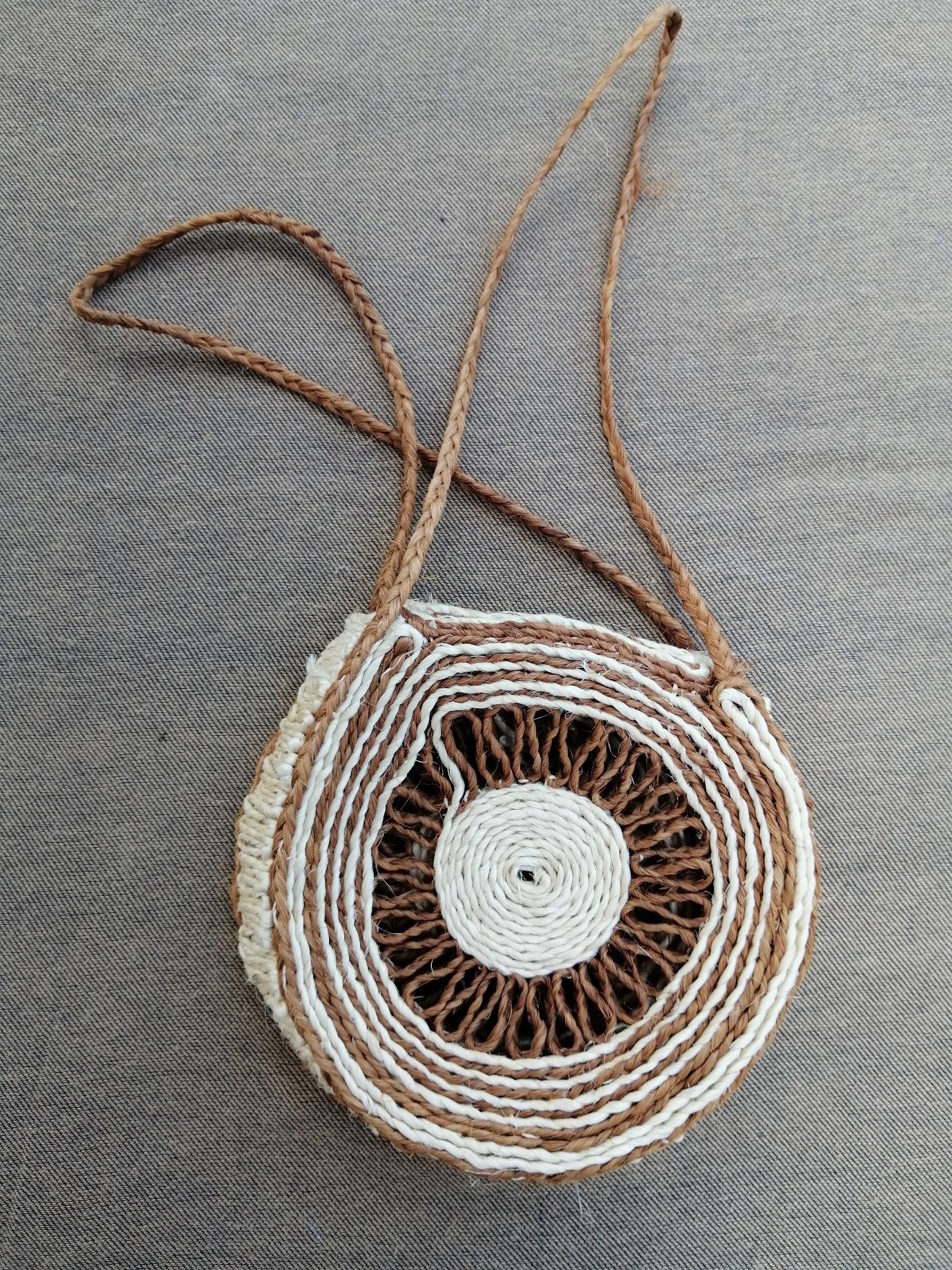
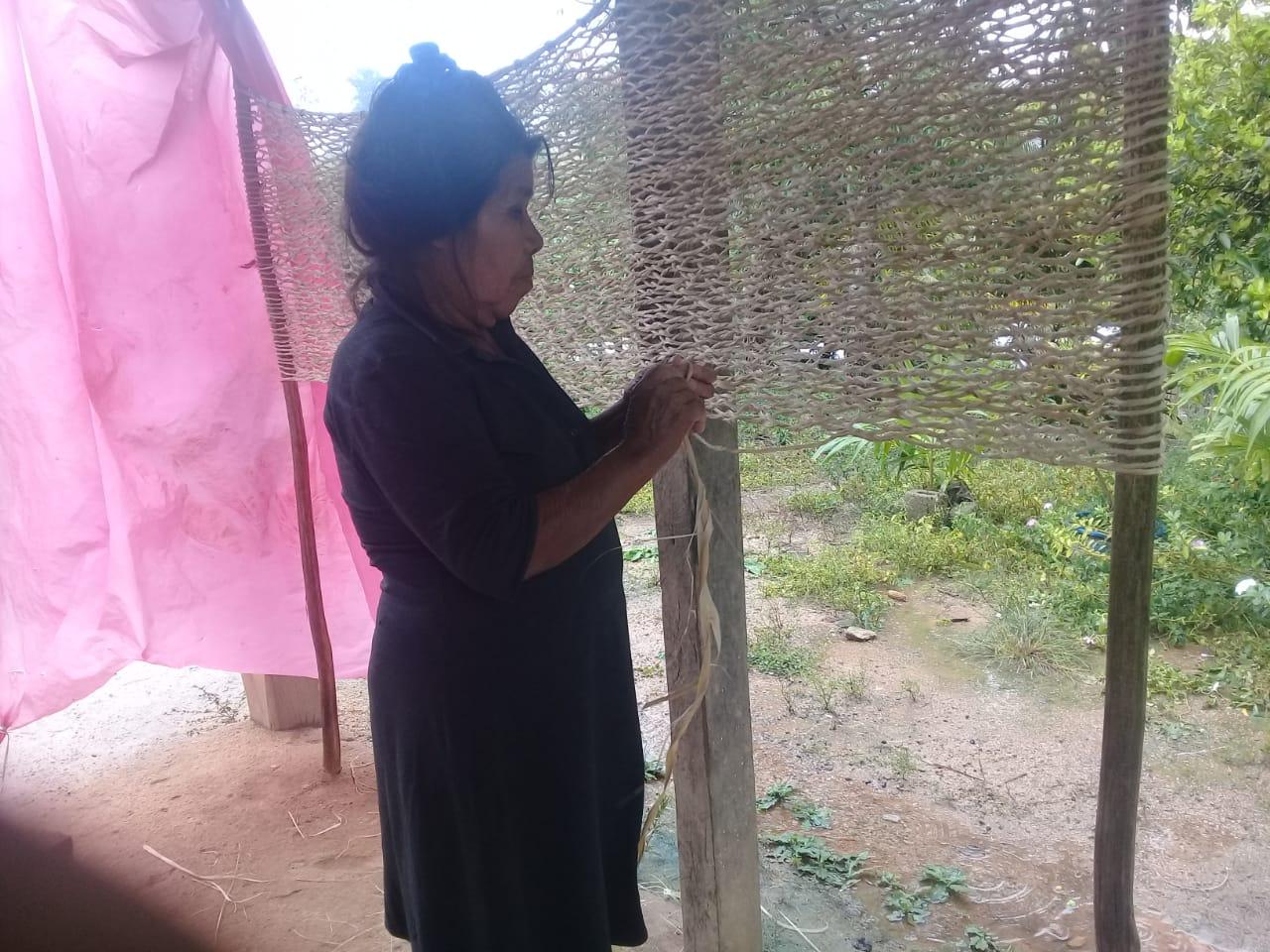
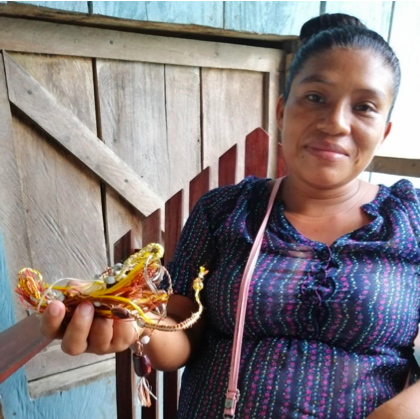
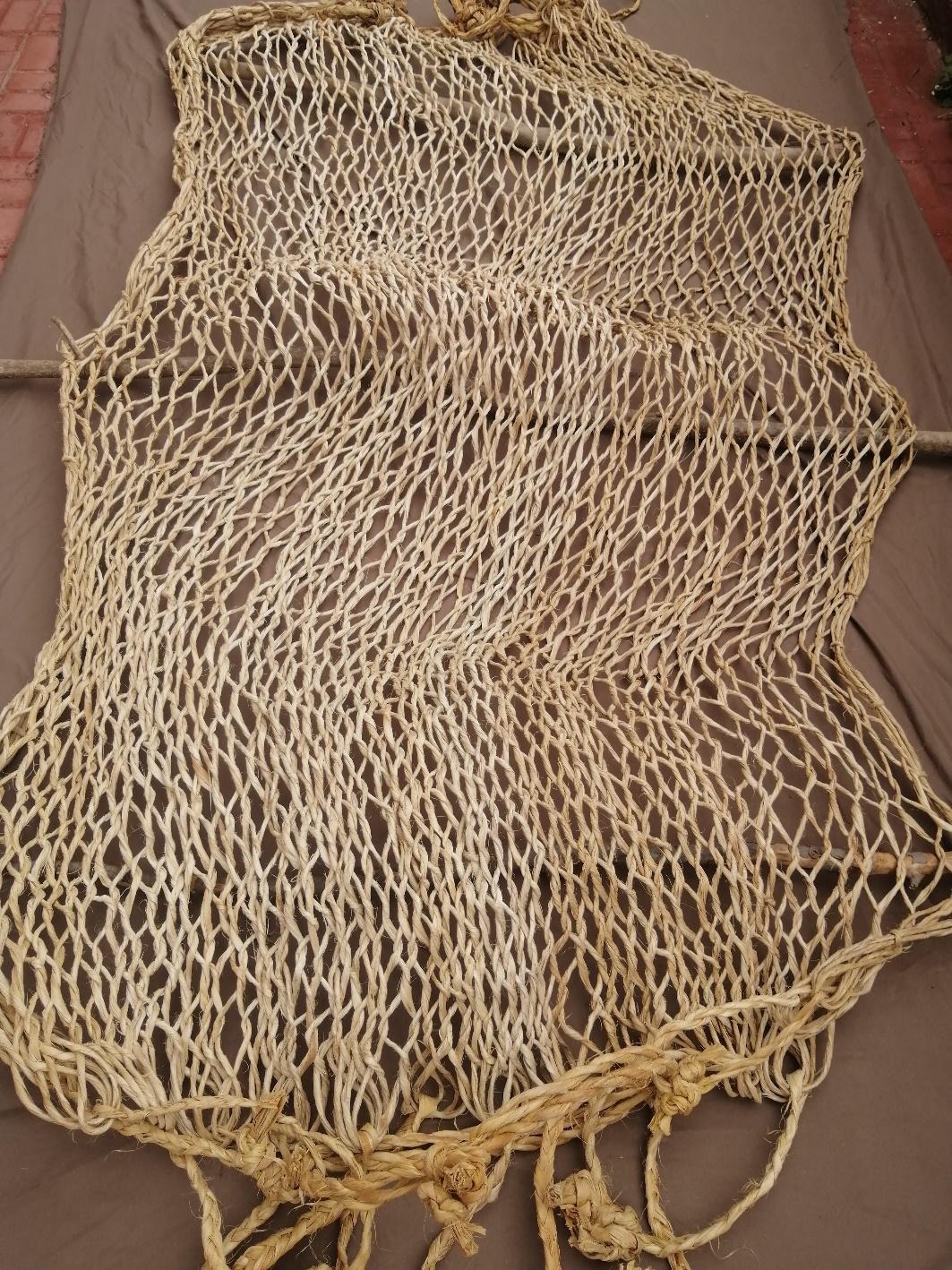
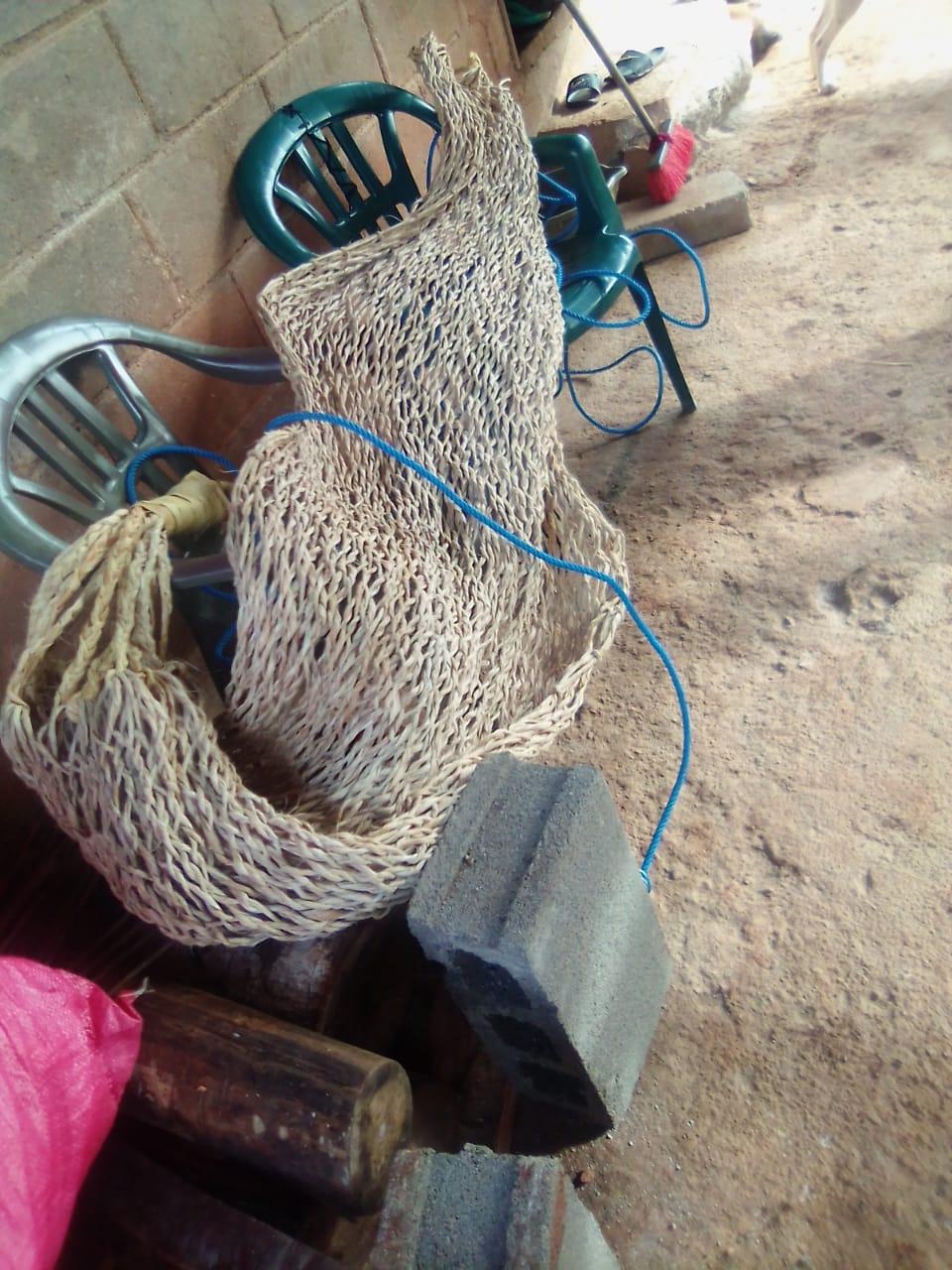
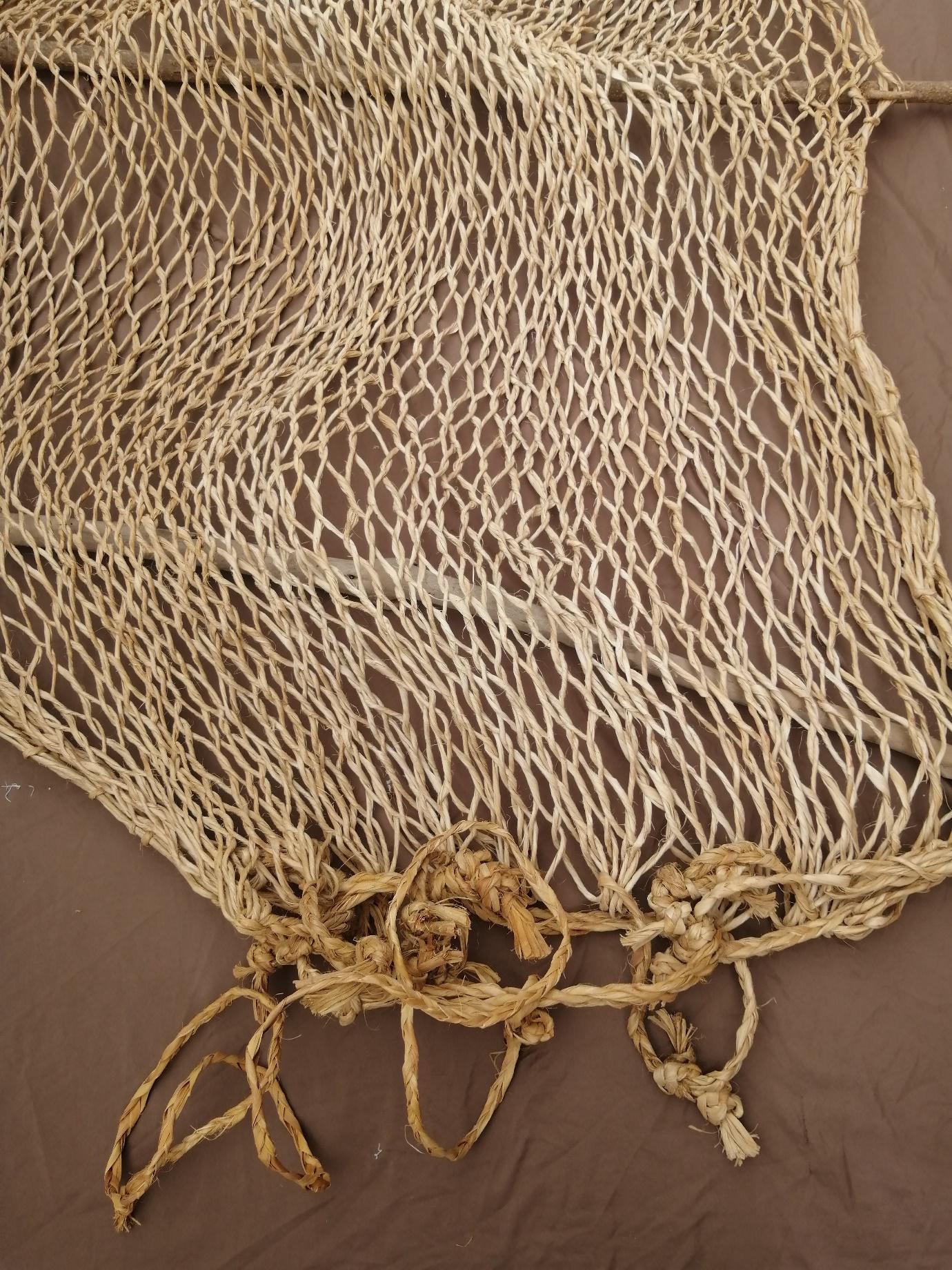
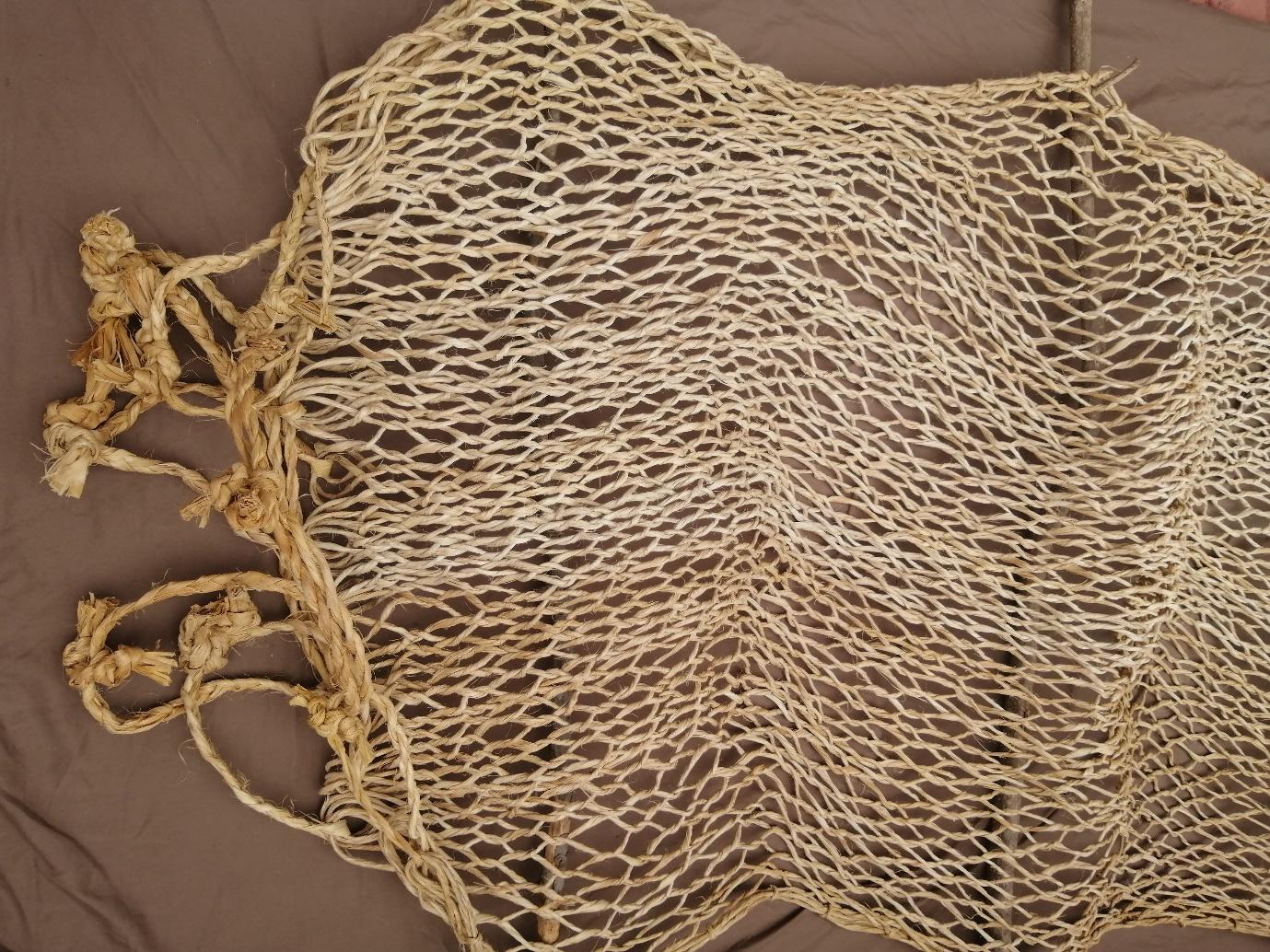
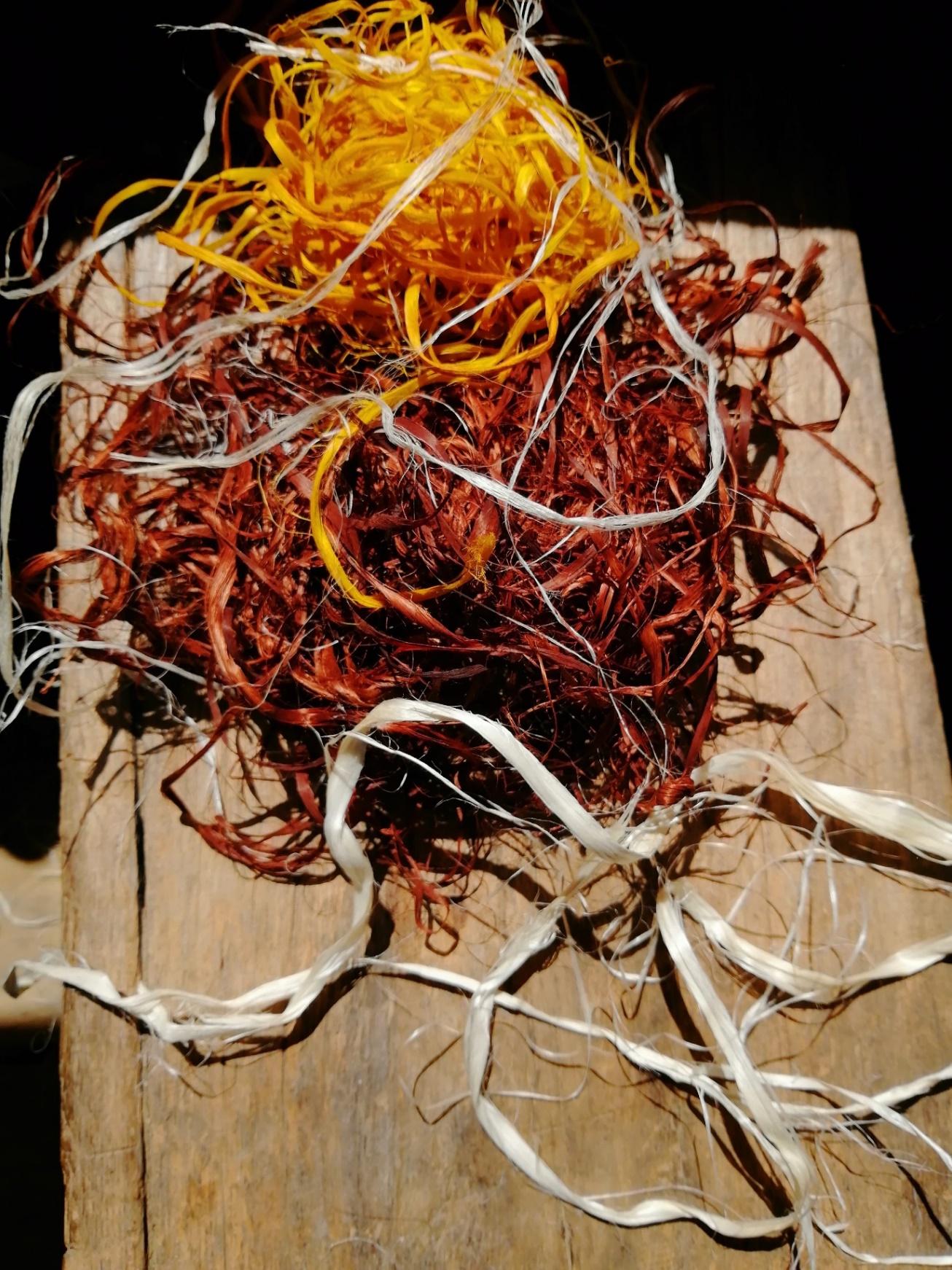
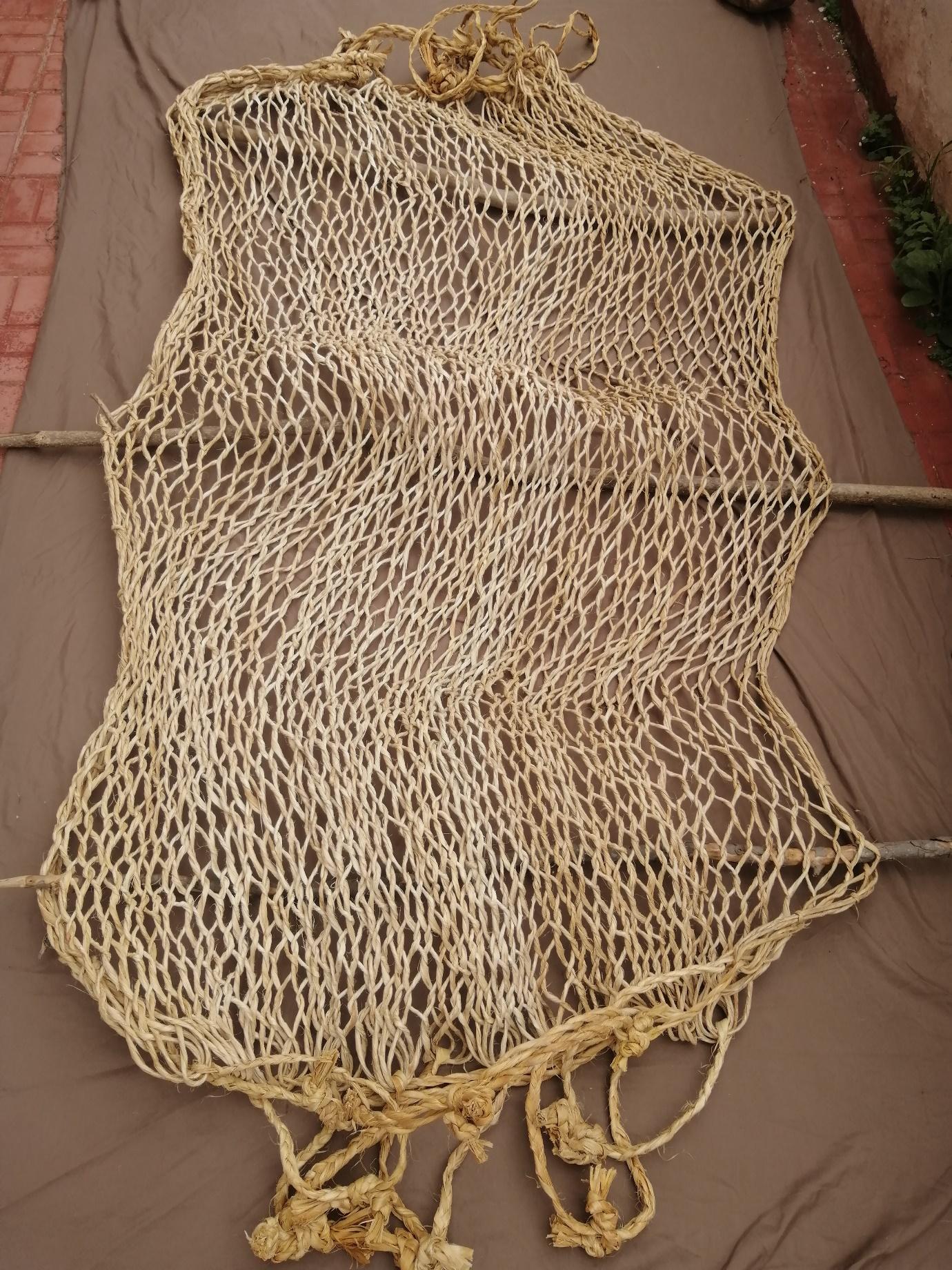
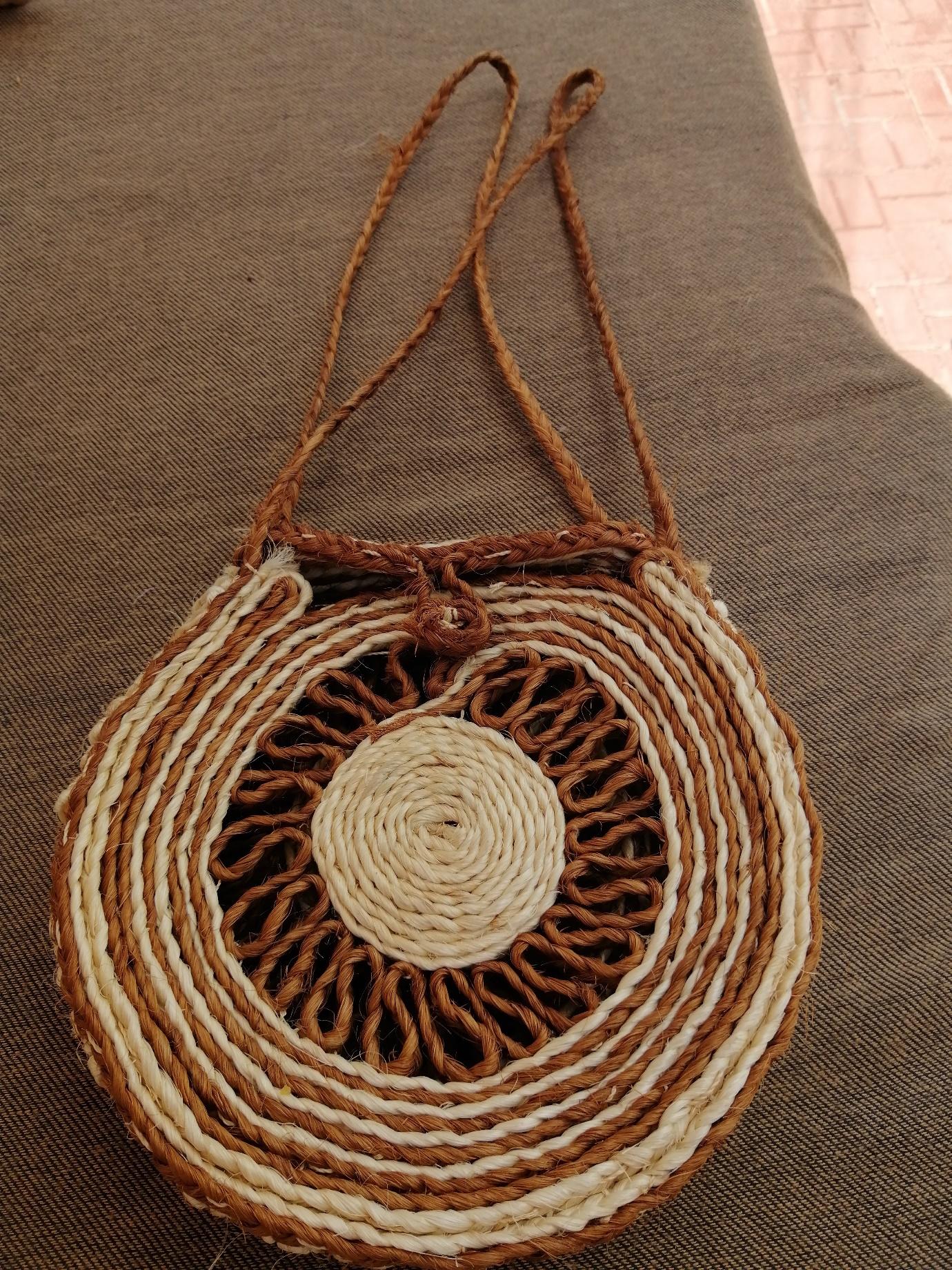

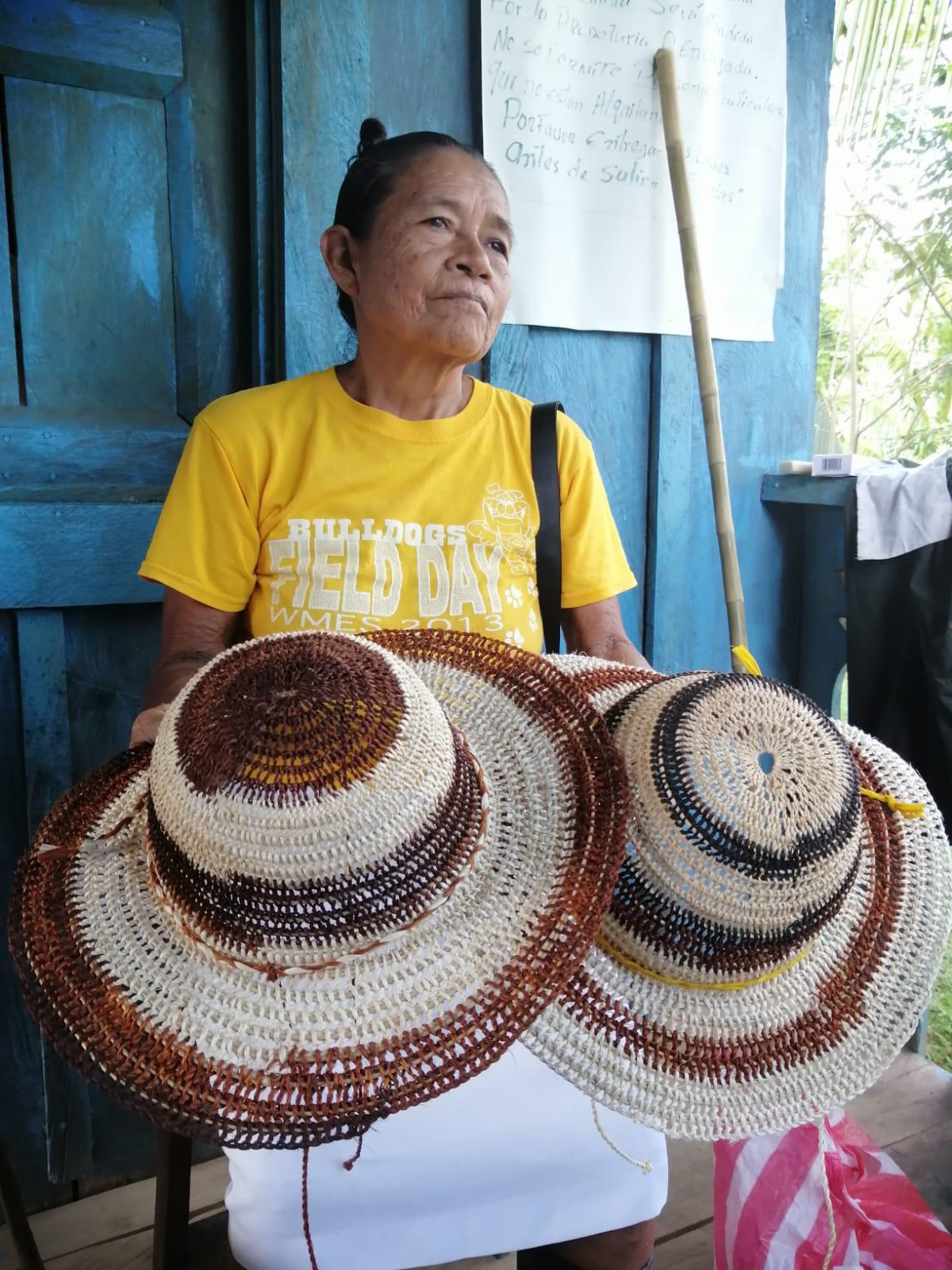
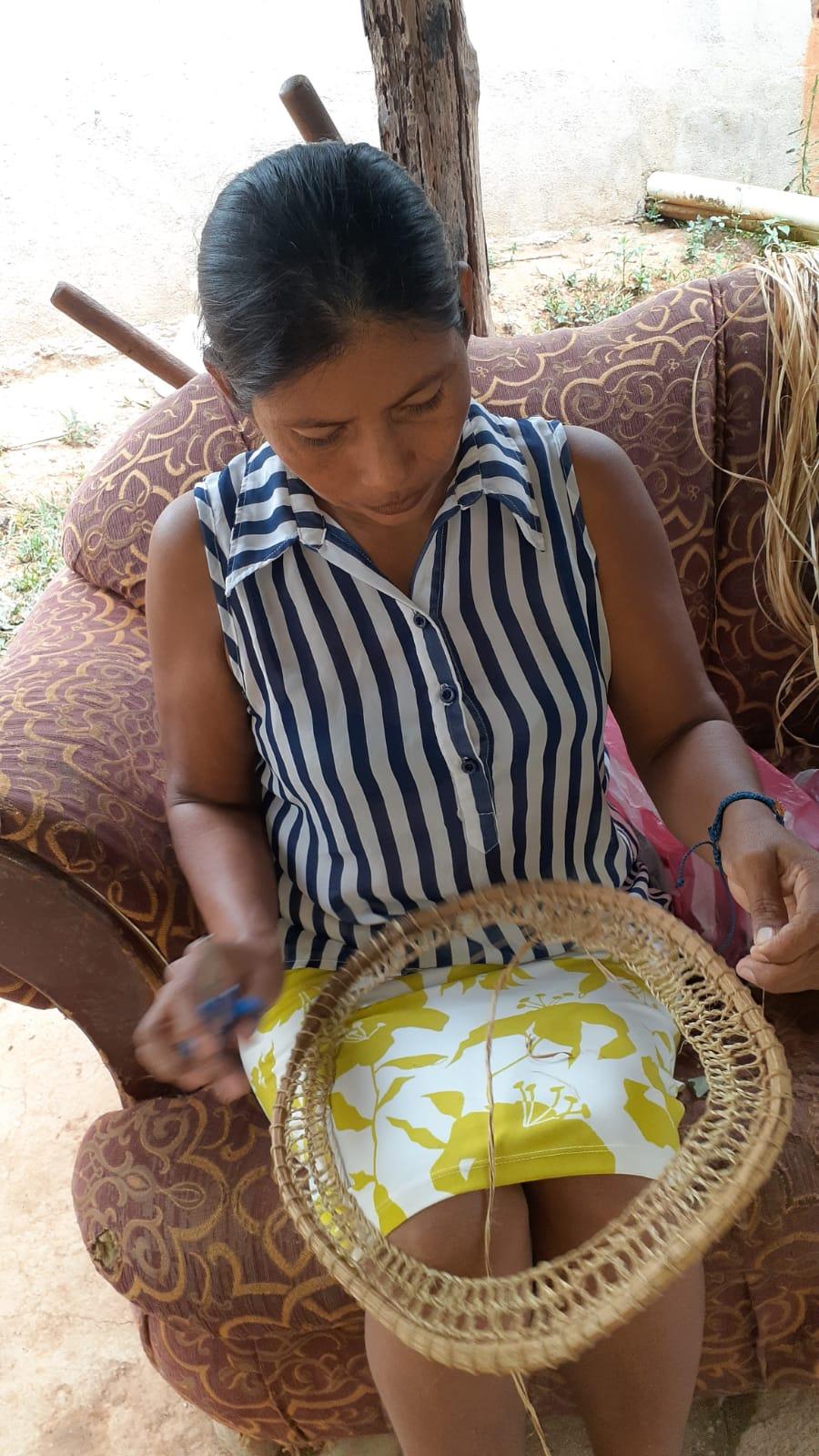
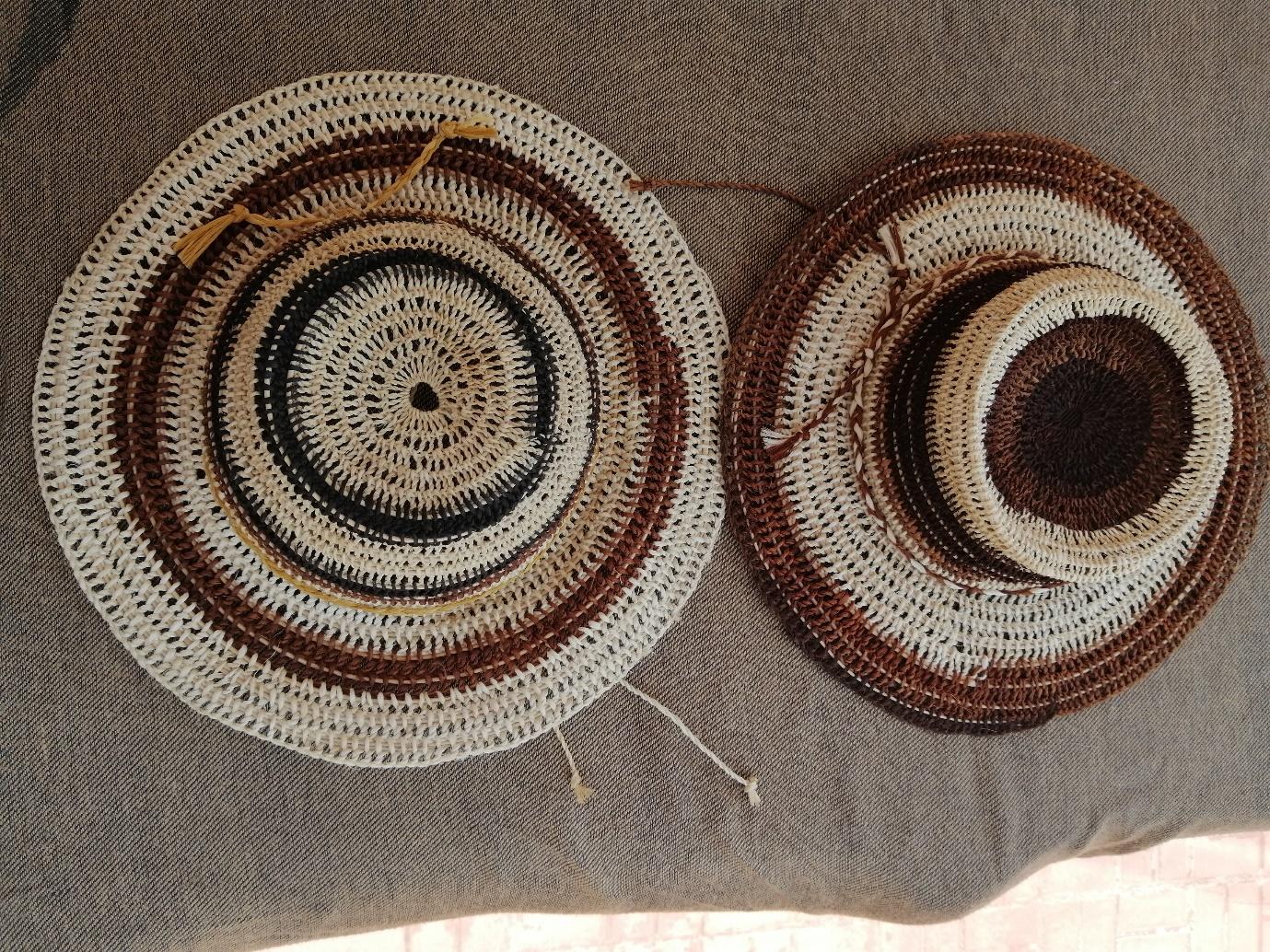

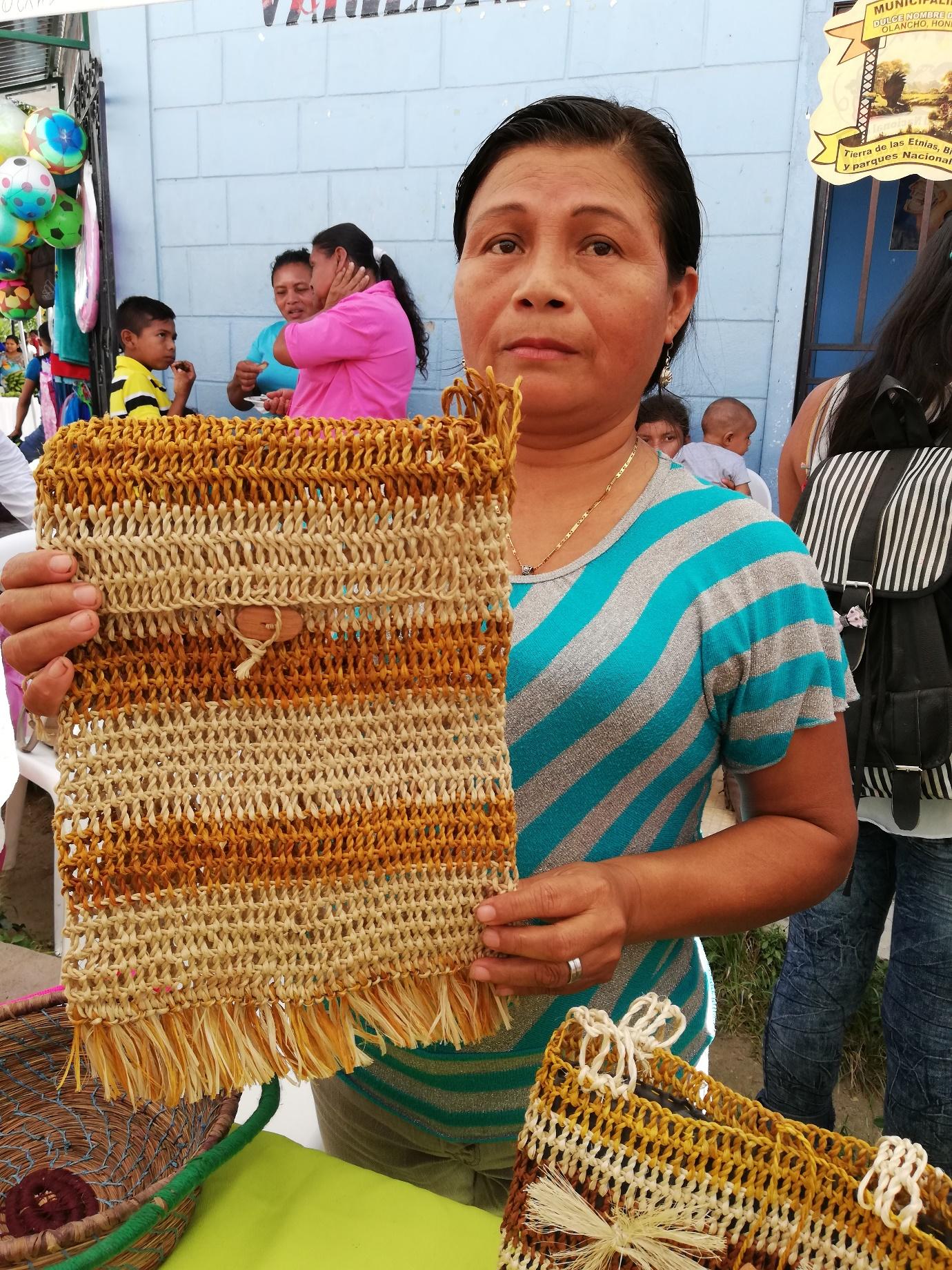
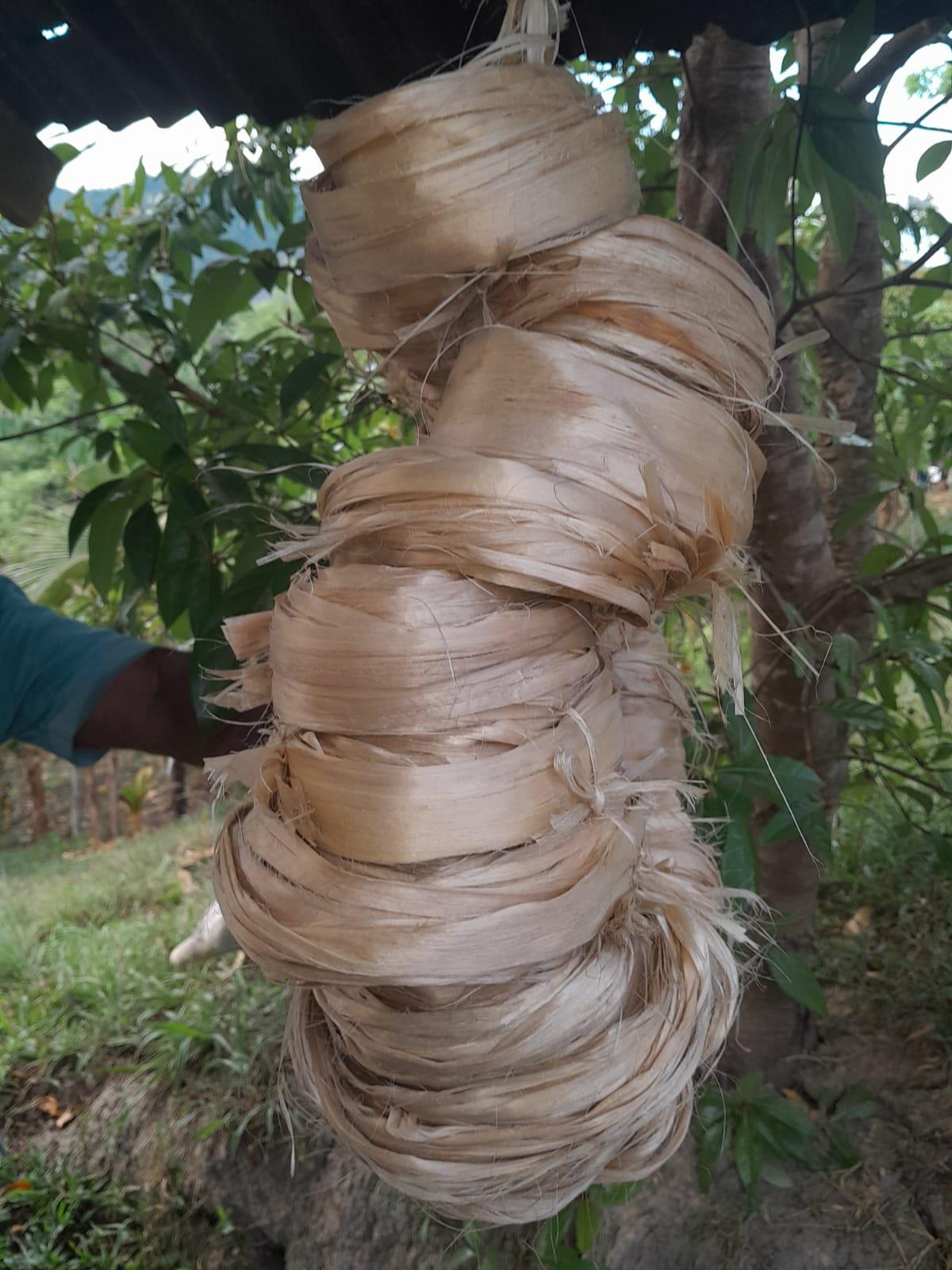
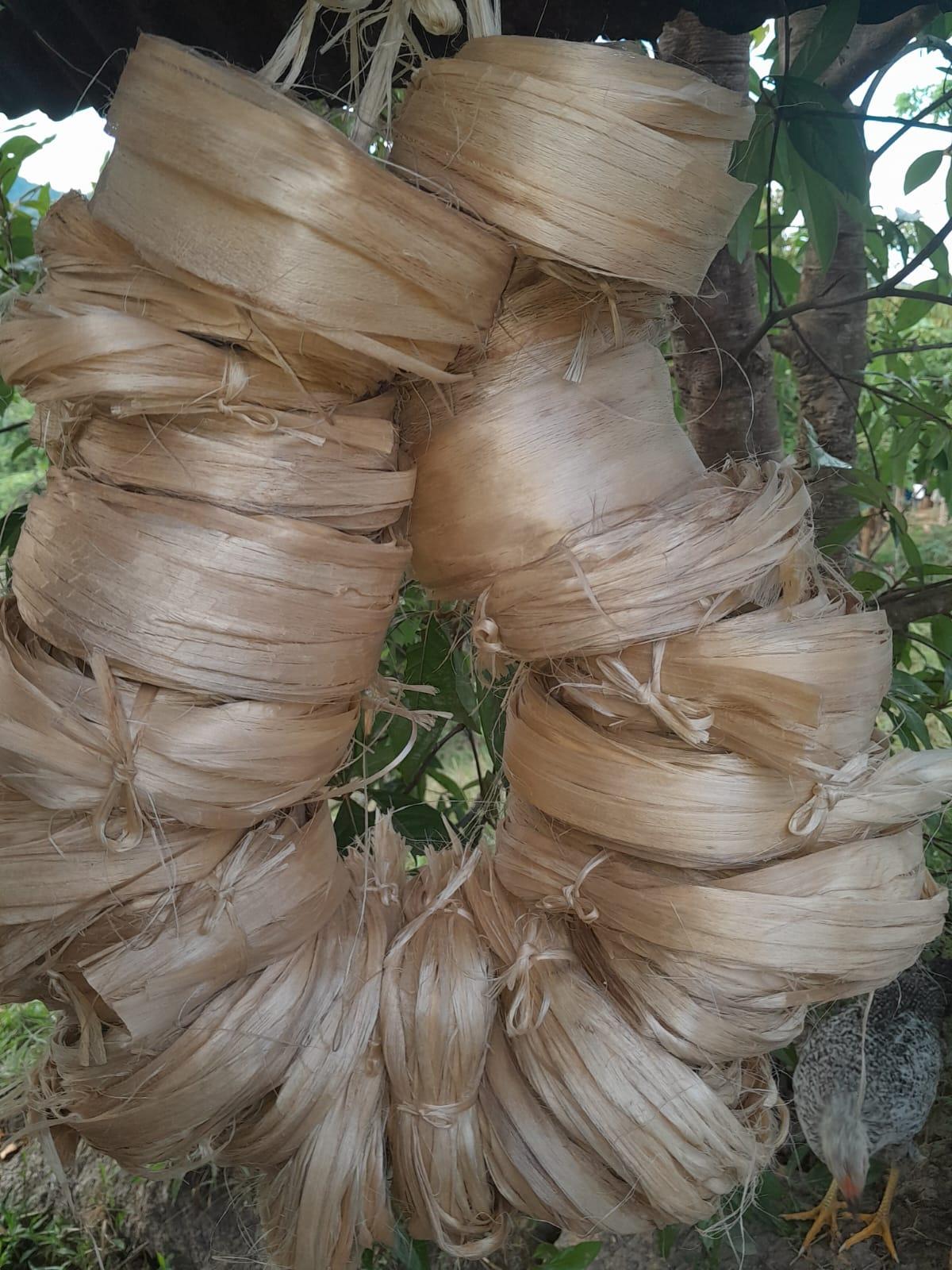
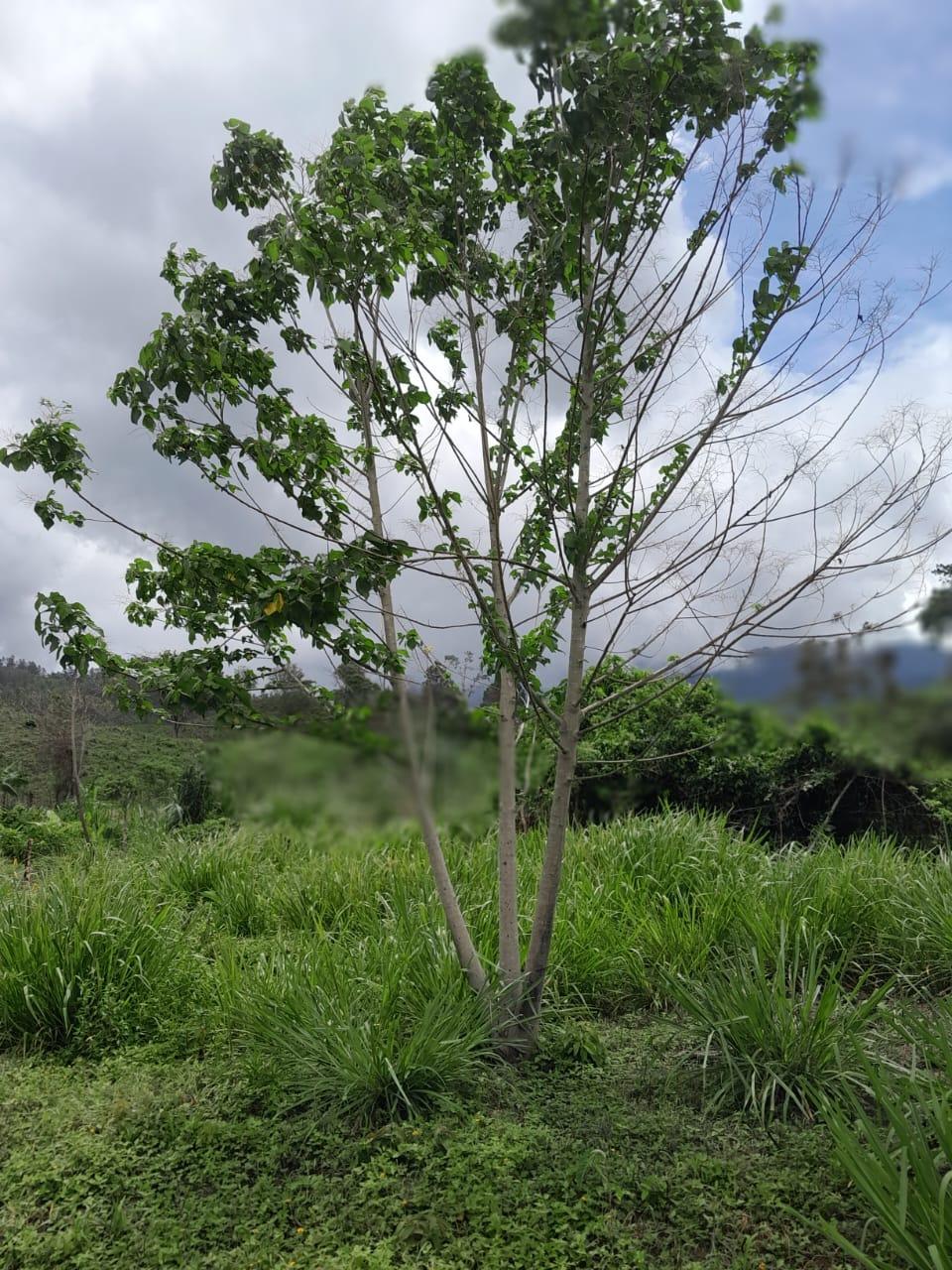
Reviews
There are no reviews yet.